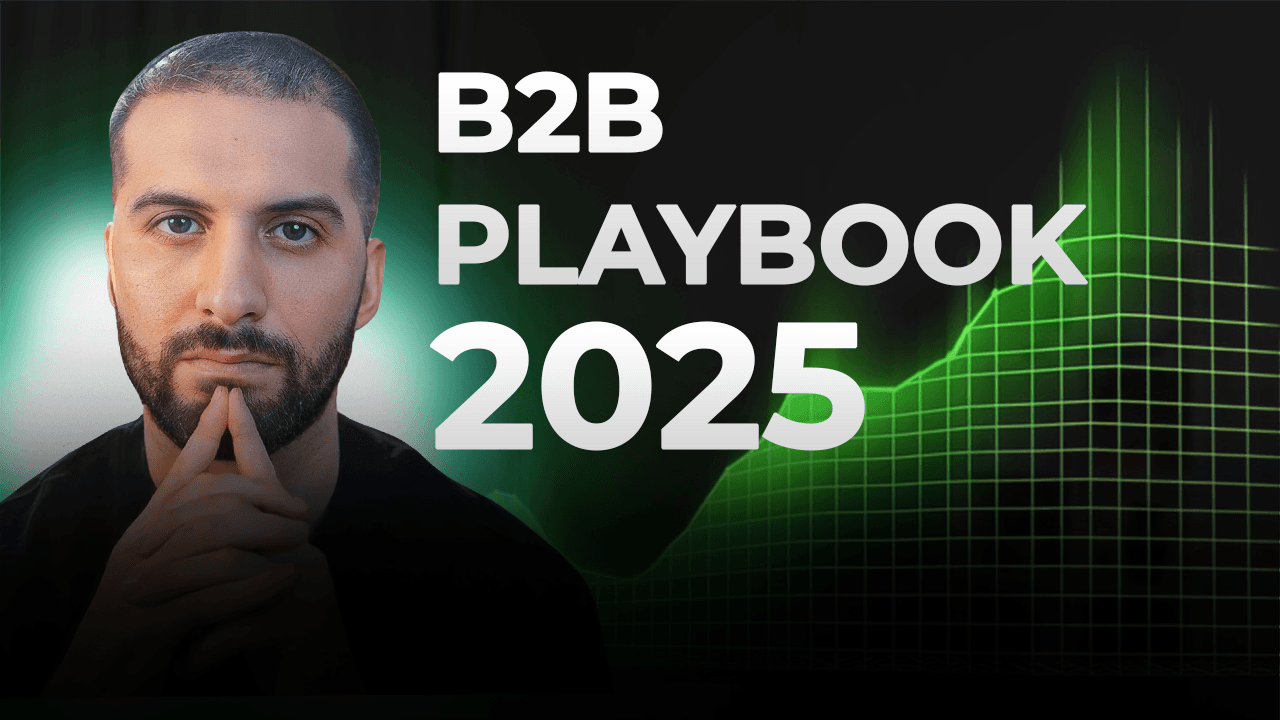If you assume what works in your home country will perform just as well globally, think again. Many advertisers overlook crucial settings - like currency mismatches, incorrect targeting options, and cultural differences - which can lead to wasted ad spend and poor performance.
To ensure your international campaigns are optimized for success, here are 12 essential Google Ads settings to check before launching.
1. Location Targeting: Are You Reaching the Right Audience?
It seems like a basic setting, yet many advertisers make the mistake of using Google’s default location settings, which include users who "show interest in" a location rather than those who are physically present.
Common Pitfall:
If you’re targeting "Germany," your ads may appear to users outside Germany who have shown an interest in the country - leading to wasted clicks and irrelevant traffic.
✅ Best Practice:
Adjust your location settings to “Presence: People in or regularly in your targeted locations.” This ensures that only users physically in your chosen market see your ads.
Use exclusion settings to prevent your ads from showing in unintended locations.
If running international campaigns in multiple locations, create separate campaigns per country for greater control.
2. Ad Scheduling: Does It Align With Local Time Zones?
Ad scheduling is another overlooked setting that can significantly impact performance. The peak hours in your home country may not align with those in your target market.
Common Pitfall:
Your ad schedule is optimized for the U.S., where users convert between 9 AM - 6 PM EST. However, when running ads in Australia, those same hours translate to overnight, missing peak engagement times.
✅ Best Practice:
Set your ad schedule based on the local time zone of the target market.
If running campaigns across different time zones, use separate ad accounts for each country to avoid time zone confusion.
Monitor performance and adjust ad schedules based on local conversion patterns.
3. Currency and Conversion Tracking: Are Your Metrics Accurate?
Mismatched currencies can lead to incorrect performance evaluations, making it difficult to measure the true return on ad spend (ROAS).
Common Pitfall:
You spend in British pounds (GBP) but track conversions in U.S. dollars (USD), making your ROAS calculations misleading.
✅ Best Practice:
Ensure Google Ads billing currency matches your reporting currency.
Verify that conversion values are set in the correct local currency.
Consider using separate ad accounts for each currency to avoid confusion.
4. Language Targeting: Are You Reaching the Right Speakers?
Google Ads' language settings do not translate ads - they simply determine who sees them based on browser settings.
Common Pitfall:
You're running English ads in Spain but only using English keywords. Many Spanish-speaking users searching in their native language won’t see your ads.
✅ Best Practice:
Create separate campaigns for different languages within a region.
Use localized ad copy and region-specific keywords for better engagement.
Consider hiring a native speaker for translation instead of relying on automated tools.
5. Keyword Match Types: Are They Optimized for Local Search Behavior?
Search intent varies across countries. Broad match keywords that work in the U.S. might pull in irrelevant searches elsewhere, and direct translations often change meaning.
Common Pitfall:
A translated keyword in another language might not have the same intent or relevance as in the original language.
✅ Best Practice:
Research local search behavior before selecting match types.
Start with exact and phrase match to maintain control.
Develop a negative keyword strategy to prevent irrelevant traffic.
6. Bidding Strategies: Are They Aligned With Local Market Conditions?
Bid strategies that work in one country may not perform well in another due to differences in competition and conversion rates.
Common Pitfall:
Setting a Target CPA of $50 in the U.S. and applying the same bid strategy in a country where the average CPA is much lower, leading to overspending.
✅ Best Practice:
Start with manual bidding or "Maximize Clicks" to learn market dynamics.
Allow time for Smart Bidding strategies to adjust to local data.
Monitor cost-per-click (CPC) and cost-per-acquisition (CPA) trends per country.
7. Product Feed Optimization: Is Your Shopping Feed Localized?
For Google Shopping campaigns, localization is crucial—not just for translations but for search behavior and pricing structures.
✅ Best Practice:
Optimize product titles, descriptions, and attributes for each market.
Ensure pricing and tax settings comply with local laws.
Use region-specific product imagery that aligns with cultural norms.
8. Compliance and Regulations: Are You Adhering to Local Laws?
Different countries have unique advertising laws—ignoring them can result in ad disapprovals or legal issues.
✅ Best Practice:
Review Google’s advertising policies by country.
Ensure data collection (e.g., remarketing) complies with GDPR and other privacy laws.
09. Audience Targeting: Are You Using Localized Data?
Your audience lists from the U.S. won’t necessarily work in other markets due to different demographics and behaviors.
✅ Best Practice:
Build new audience lists based on regional insights.
Use Google’s audience insights to refine targeting before scaling.
10. Ad Copy & Creative: Are You Considering Cultural Differences?
A direct translation of your ad copy isn't enough - cultural nuances matter.
✅ Best Practice:
Adapt ad messaging, callouts, and extensions to fit local expectations.
Consider regional preferences for tone, urgency, and humor.
11. Competitive Analysis: Are You Setting Realistic Expectations?
Market conditions vary widely - CPCs and conversion rates differ by country.
✅ Best Practice:
Use Auction Insights and competitor tools to set expectations.
Adjust bidding strategies based on regional benchmarks.
12. Landing Pages: Are They Fully Localized?
Sending international users to a non-localized landing page will hurt conversion rates.
✅ Best Practice:
Ensure landing pages match language, currency, and cultural preferences.
Use local legal disclaimers and region-specific terms.
Conclusion
Launching an international PPC campaign requires careful planning and a deep understanding of each market’s nuances. By refining these 13 settings, you can maximize ROI, avoid costly mistakes, and build a successful global strategy.
🚀 Now, expand your reach with confidence: Book a free consulting call

Jousef Murad
Founder of APEX




